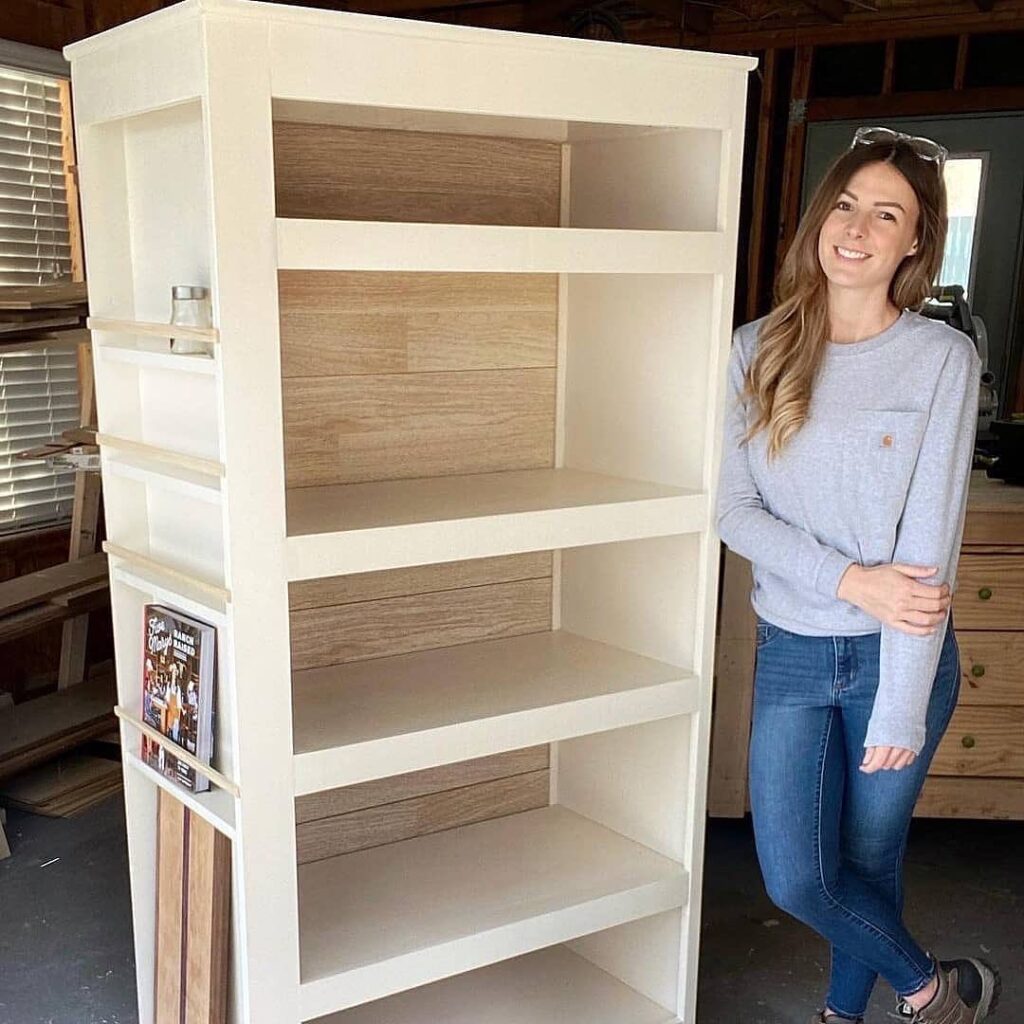Woodworking is an incredible craft that combines creativity, precision, and manual skills. If you’ve always wanted to build your own furniture or create custom wooden pieces but don’t know where to start, this guide is for you. Here, we will cover the first steps in woodworking, suggest some easy projects, and highlight common mistakes beginners tend to make.

1. First Steps in Woodworking
Before you start cutting wood and using tools, it’s important to understand some basic woodworking concepts.
1.1 Choosing the Right Tools
To start, you don’t need a full arsenal of expensive tools. Some essential tools for beginners include:
- Measuring tape – For precise measurements.
- Circular saw or jigsaw – To cut wood into different shapes.
- Drill/driver – Essential for assembling your projects.
- Hammer and nails – For basic fastening.
- Woodworking clamps – To hold pieces in place.
- Sandpaper and hand plane – To finish the wood surface.
1.2 Understanding Types of Wood
Choosing the right wood makes all the difference in the final outcome of your project. Some common options for beginners include:
- Pine – Cheap, easy to work with, and widely available.
- MDF – Good for custom furniture but requires proper finishing.
- Plywood – Lightweight and durable, great for various types of projects.
- Hardwoods (such as mahogany and ipe) – More expensive but offer superior finish quality.
1.3 Safety Tips
Safety is one of the most important aspects of woodworking. Some fundamental rules include:
- Always use PPE (Personal Protective Equipment), such as safety glasses, gloves, and ear protection.
- Work in a well-ventilated area, especially when sanding or using chemicals.
- Keep tools sharp and in good condition.
- Never force the wood into the tool, as this can cause accidents.
2. 5 Easy Projects for Beginners
Now that you know the basics, let’s get hands-on with some simple and practical projects.
2.1 Simple Shelf
A shelf is one of the easiest projects for beginners. You only need a wooden board, mounting brackets, and screws. Just cut the wood to the desired size, sand, paint (if you want), and attach it to the wall.
2.2 Phone Stand
With a small piece of wood, you can create a practical stand to hold your phone on a desk. Simply cut the wood to the right size and carve a small slot to fit the device.
2.3 Rustic Bench
A small bench is a great project to practice cutting and assembly. You’ll need some wooden planks, screws, and a drill. Assembling the legs and seat is an excellent woodworking exercise.
2.4 Wooden Crate
Crates are versatile and can be used as organizers, shelves, or side tables. This project teaches you how to build basic structures using wooden slats and screws.
2.5 Custom Cutting Board
A cutting board is great for learning about finishing and sanding. Just choose a good type of wood (like bamboo or pine), cut it to the desired shape, sand it, and apply a food-safe varnish.
3. Common Beginner Mistakes and How to Avoid Them
Starting woodworking can be challenging, and it’s normal to make some mistakes along the way. Here are some of the most common ones and how to avoid them:
3.1 Incorrect Measurements
A common mistake is cutting pieces without precise measurements. Always measure twice before cutting to avoid wasting material.
3.2 Using Low-Quality Wood
Very uneven or low-quality wood can compromise your project. Choose wood that suits your goal and ensure it’s dry to prevent warping.
3.3 Ignoring Safety
Not using safety glasses or gloves can lead to serious accidents. Always prioritize safety when working with tools.
3.4 Using Tools Incorrectly
Reading the tool manual and watching instructional videos helps prevent mistakes and improves work precision.
3.5 Applying Finish Incorrectly
Skipping the sanding step or not applying varnish properly can result in a poor finish. Sand all surfaces thoroughly and apply the finish in thin layers for a professional result.
Starting woodworking can be very rewarding and therapeutic. With the right tools, a little patience, and practice, you can create incredible pieces for your home or even to sell. Now that you know where to start, choose a simple project and take your first steps in woodworking!






